- April 23, 2019
- No Comment
8 Popular Excavator Attachments And Their Uses

One of the reasons excavators are such versatile machines is the sheer number of attachments they can use. Whether it’s digging a hole, moving objects, or crushing concrete, there’s an attachment for it.
For a quick run-down, we’ve compiled a list of the most popular excavator attachments on Machines4U and what they are used for.
1. Digger Bucket

As the single most popular excavator attachment on Machines4U, buckets are the most basic and mandatory attachment for an excavator on any worksite. In fact, many OEMs consider buckets their own category, separating them entirely from other excavator attachments. Generally, when you purchase an excavator it will come with a bucket.
There is a wide variety of excavator buckets available:
- General duty
- Medium duty
- Heavy-duty
- Sieve
- Screening
- Mud
- Tilt
The type of bucket you need depends on the job. The most relevant factor when considering a bucket, other than the type, is the weight of the load and the size of your excavator. There’s no point getting a 5-tonne bucket for your 100-tonne excavator.
Check out this videos to see how much work a bucket can do.
This is an example video only. Differences apply between each bucket.
2. Excavator Grab Attachment
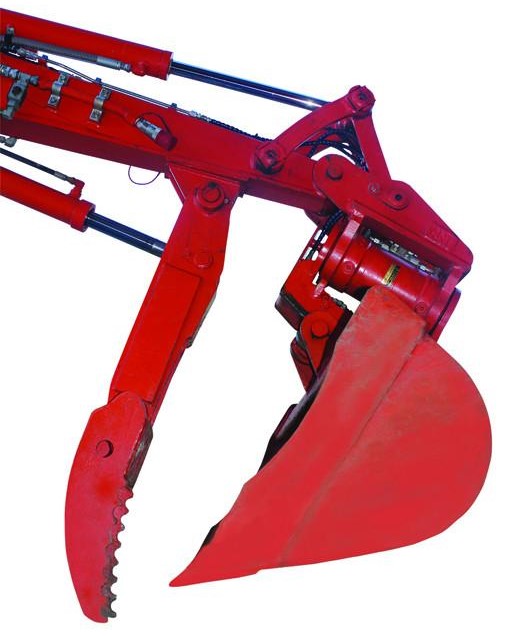
One of the more obvious excavator attachments out there, the grab (often called grappler) attachment makes it simple to pick up and move heavy objects around your farm or worksite. Like most attachments, excavator grabs are classified by the weight of the excavator they suit best.
You can also choose based on the number of fingers (or claws) are on the grab. Most grabs will have 5 fingers, but you can also get some with 4, or up to 7 or even more!
Another option is the thumb grab, which includes a ‘thumb’ to make the job a little bit easier. Rather than 4 or 5 of fingers offering precise picking abilities, thumb grabs are a simpler solution, where the ‘thumb’ presses the material or object against or into a bucket.
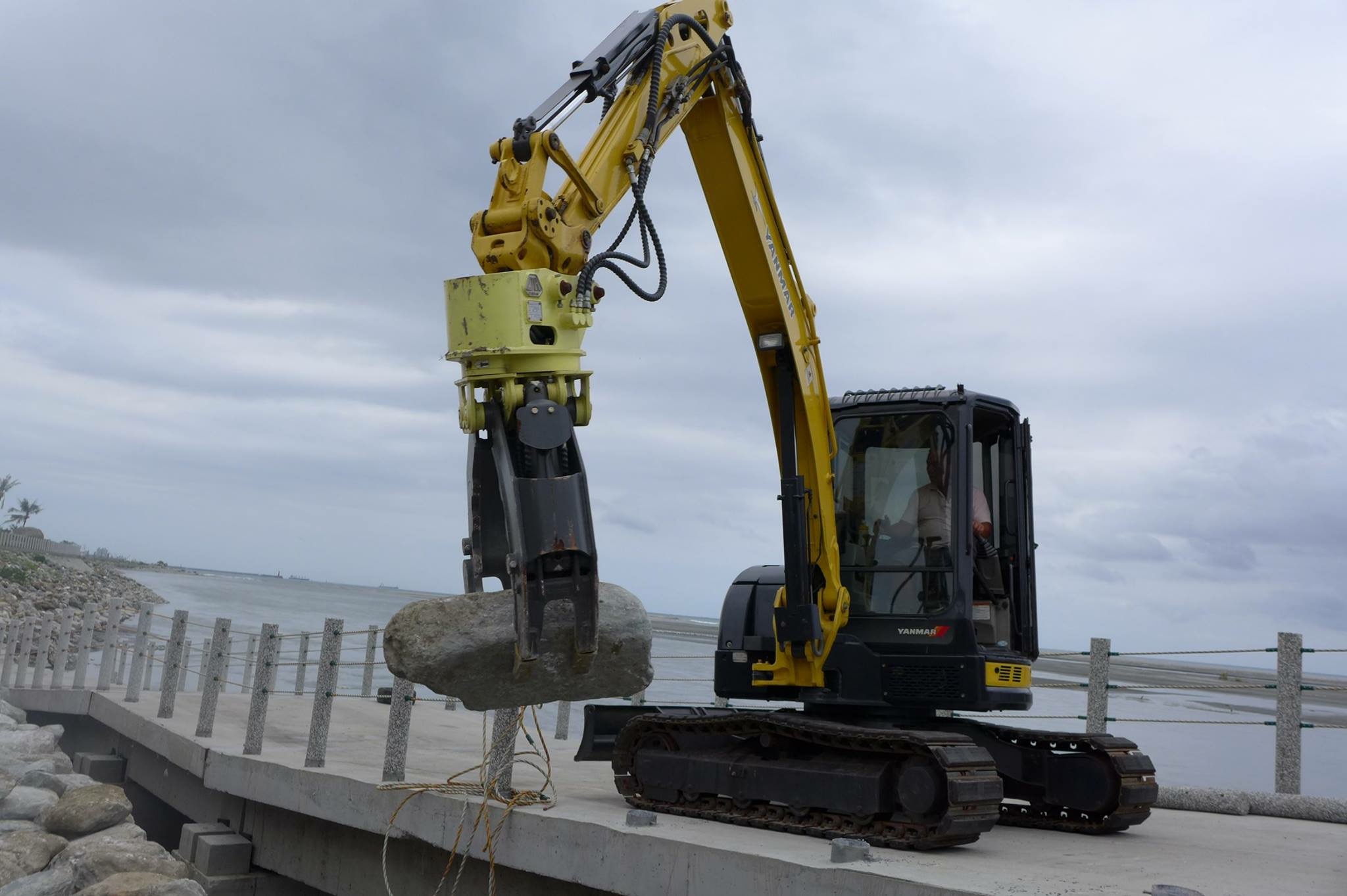
Choosing the right excavator grab will depend on your worksite and needs.
Here’s an excavator grab in action.
This is an example video only. Differences apply between each grab.
3. Hydraulic Rock Breaker
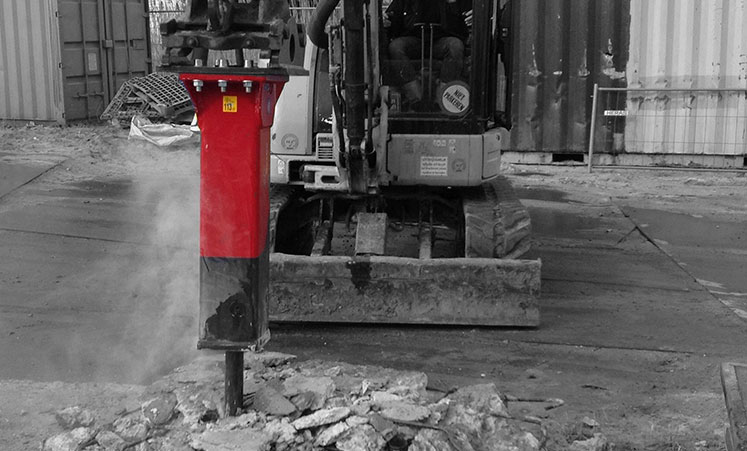
Rock breakers are one of the most popular excavator attachments. A versatile tool, a good rock breaker can turn your excavator into a demolition machine. Most OEMs have their own classifications for their rock breakers, but they can usually be grouped into 3 categories:
- Light Duty/Weight
- Medium Duty/Weight
- Heavy Duty/Weight
Some OEMs also classify them by the weight of the excavator they are suited for, making it easy to match them to your excavator.
See what a rock breaker can do:
This is only an example of one rock breaker. Capabilities can and will vary.
Already know attachment you need for your excavator? View excavator attachments to see what’s available.
4. Excavator Auger
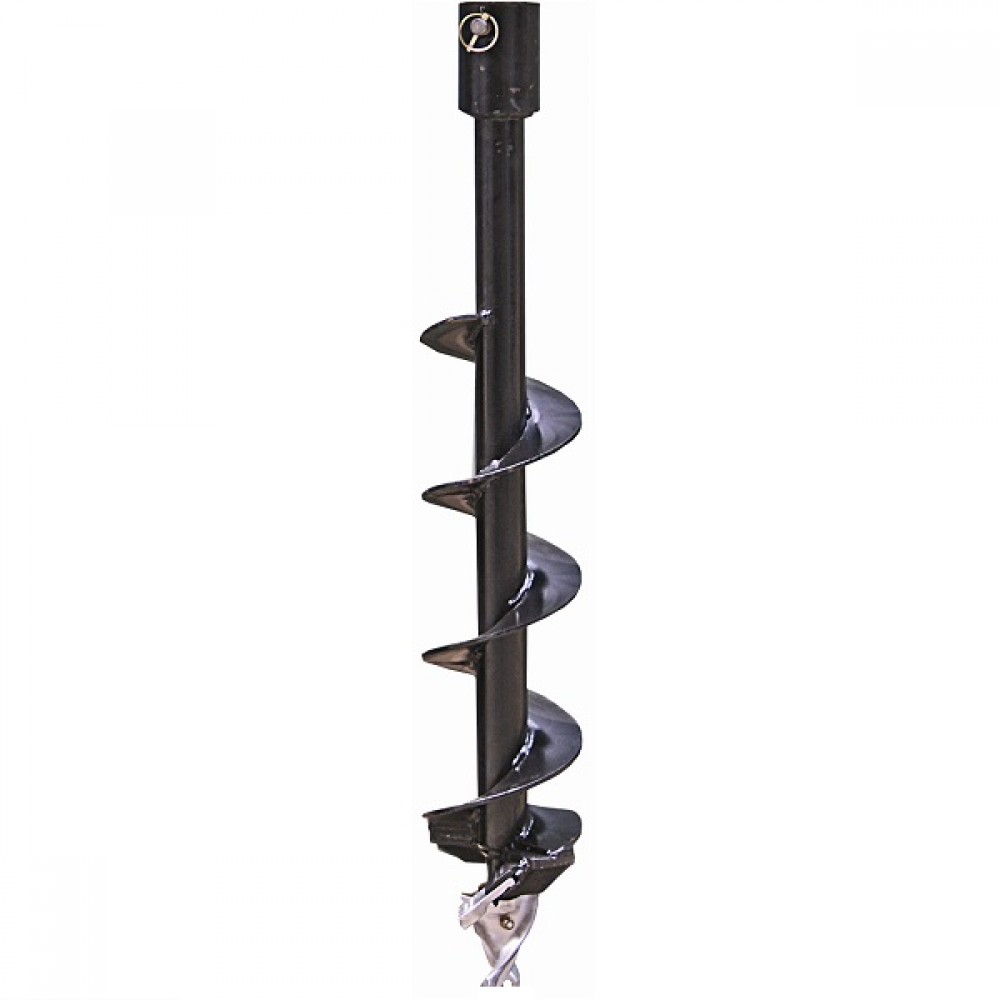
Augers, also known as posthole diggers, are excavator attachments that make drilling into rock, hard soil and shale easier. Augers can be used in a variety of ways, from simple posthole digging to drilling for earth samples and more.
Aside from size, the main difference between augers is the layout of the flight. They can be short, long, narrow or wide, and different style flights will produce dramatically different results. For instance, a notched flight provides a gentle mixing action, whereas a ribbon flight is intended for sticky or cohesive materials that can build up on the surface.
There’s also a selection of cutting heads to choose from, with some augers having the option to switch cutting heads and flights out—giving you full customisation of your attachment.
Watch a posthole being dug using an auger here.
This is an example video only. Differences apply between each auger.
5. Excavator Quick Hitch
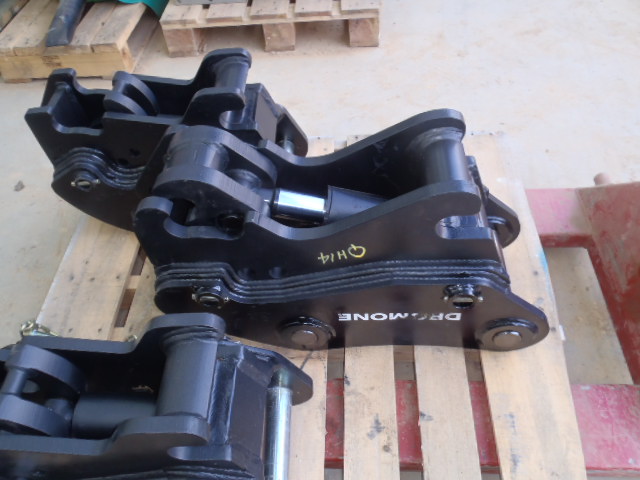
Stepping out of the norm, quick hitches are like attachments for your excavator attachments. Designed to let you switch between attachments fast, quick hitches are an essential for any worksite. Quick hitches can generally be found in semi-automatic and fully automatic options, as well as either hydraulic or mechanical.
What you need to look out for with a quick hitch is the safety features. A well-made quick hitch will have a design that only allows uncoupling and attachment at a safe angle. Safety is paramount on any worksite, so be sure to keep this in mind when browsing for a quick hitch.
6. Excavator Ripper Attachment
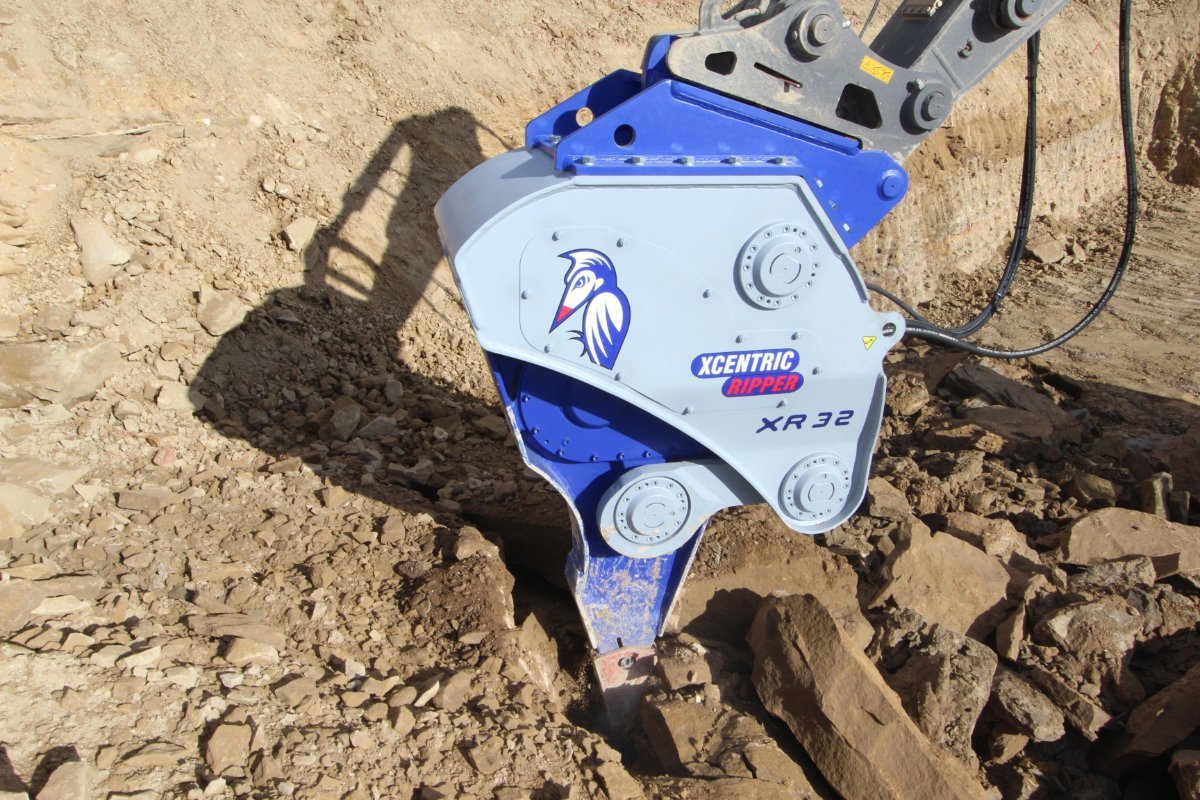
No matter how powerful your excavator is, there’ll come a time when it needs a little boost to get the digging done. That’s where ripper attachments come in. Shaped like a tooth or claw, ripper attachments are ideal for breaking into tough rock, shale, permafrost or hard soil.
Ripper attachments make the start of your digging process easier, quicker and more productive. They can also be used with other attachments, like buckets and grapplers, making them incredibly versatile and cost-effective.
See a ripper attachment at work here.
This is an example video only. Differences apply between each ripper.
7. Concrete Pulverizer
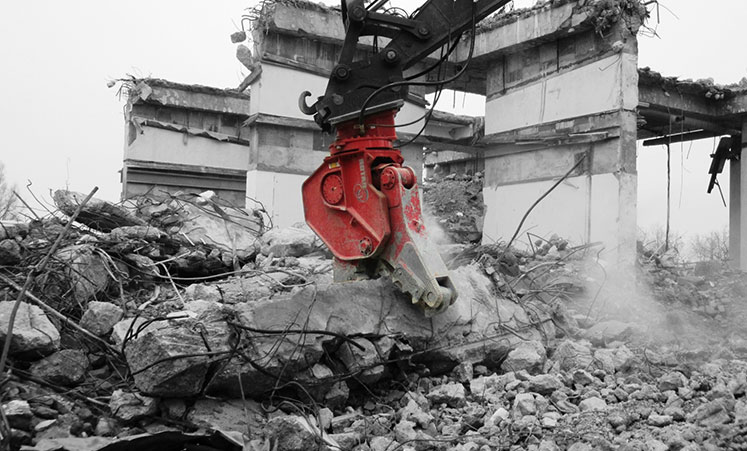
Pulverizers, also called concrete crushers, are popular excavator attachments for demolition work and concrete recycling. They excel at crushing concrete and are a great choice for removing rebar (reinforcement steel) from concrete, as they crush concrete into pieces small enough to fall away from the steel.
Some pulverizers have removable teeth, making it easy to replace worn teeth and get back to work. And others have a wire cutting section near the hinge of the pulverizer, making it easier to cut and separate steel throughout the concrete.
See a pulverizer in action here.
This video contains one specific brand of pulverizer. Difference in models and capabilities will occur.
8. Tilt Hitch
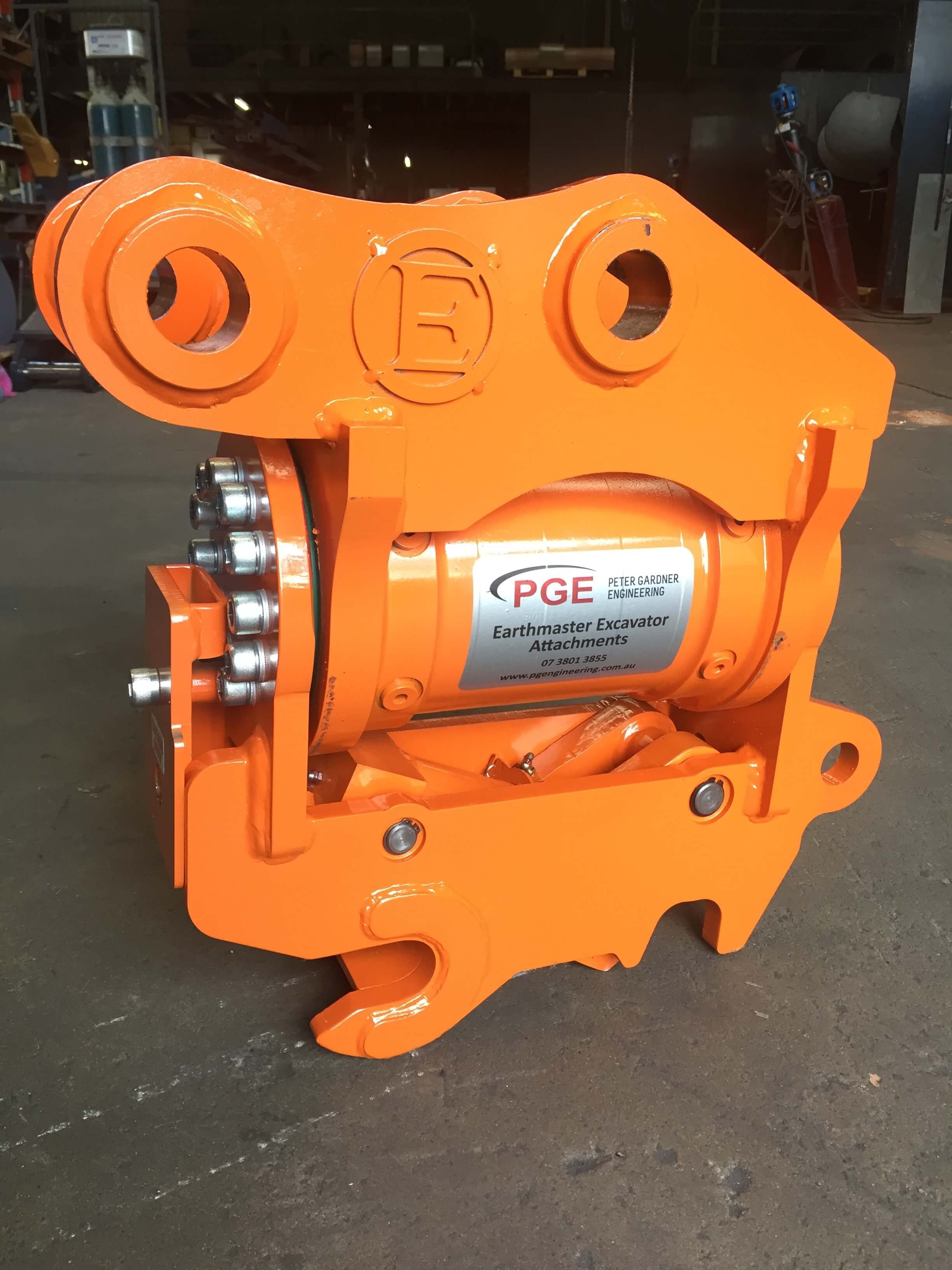
Similar to the quick hitch, a tilt hitch is a versatile excavator attachment. In fact, many tilt hitches are also quick hitches, making them an all-in-one solution. The degree of tilt rotation varies between models, but many will offer up to 180 degrees of tilt.
Like the quick hitch, double-check what safety features are built into your tilt hitch, as spending a little extra for increased safety (and usually performance) is generally a good investment.
Of course, this isn’t an all-inclusive list and there are plenty of other excavator attachments available to make your machine even more versatile.
Think we should have mentioned another attachment? Leave us a comment below and tell us why!




